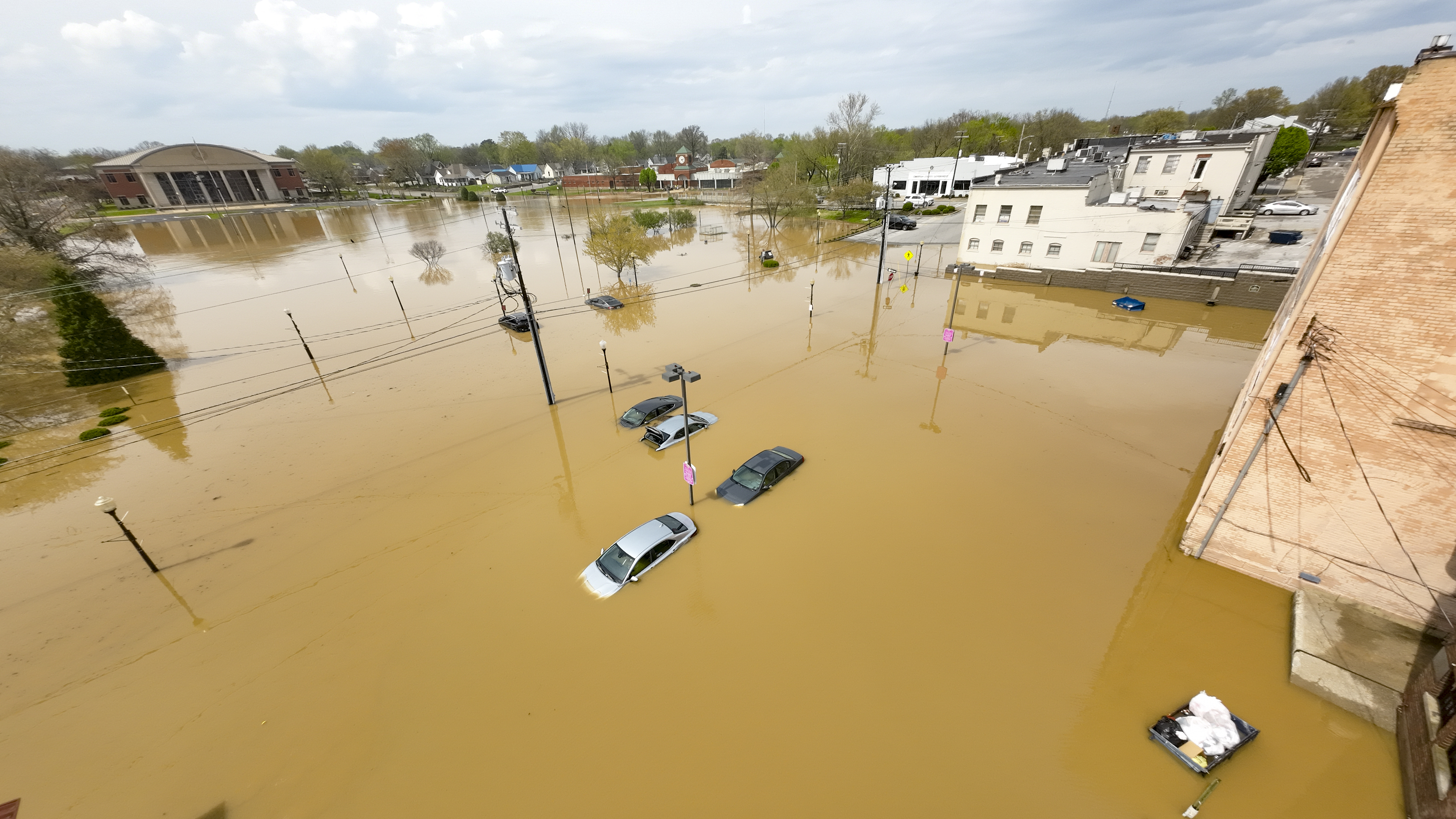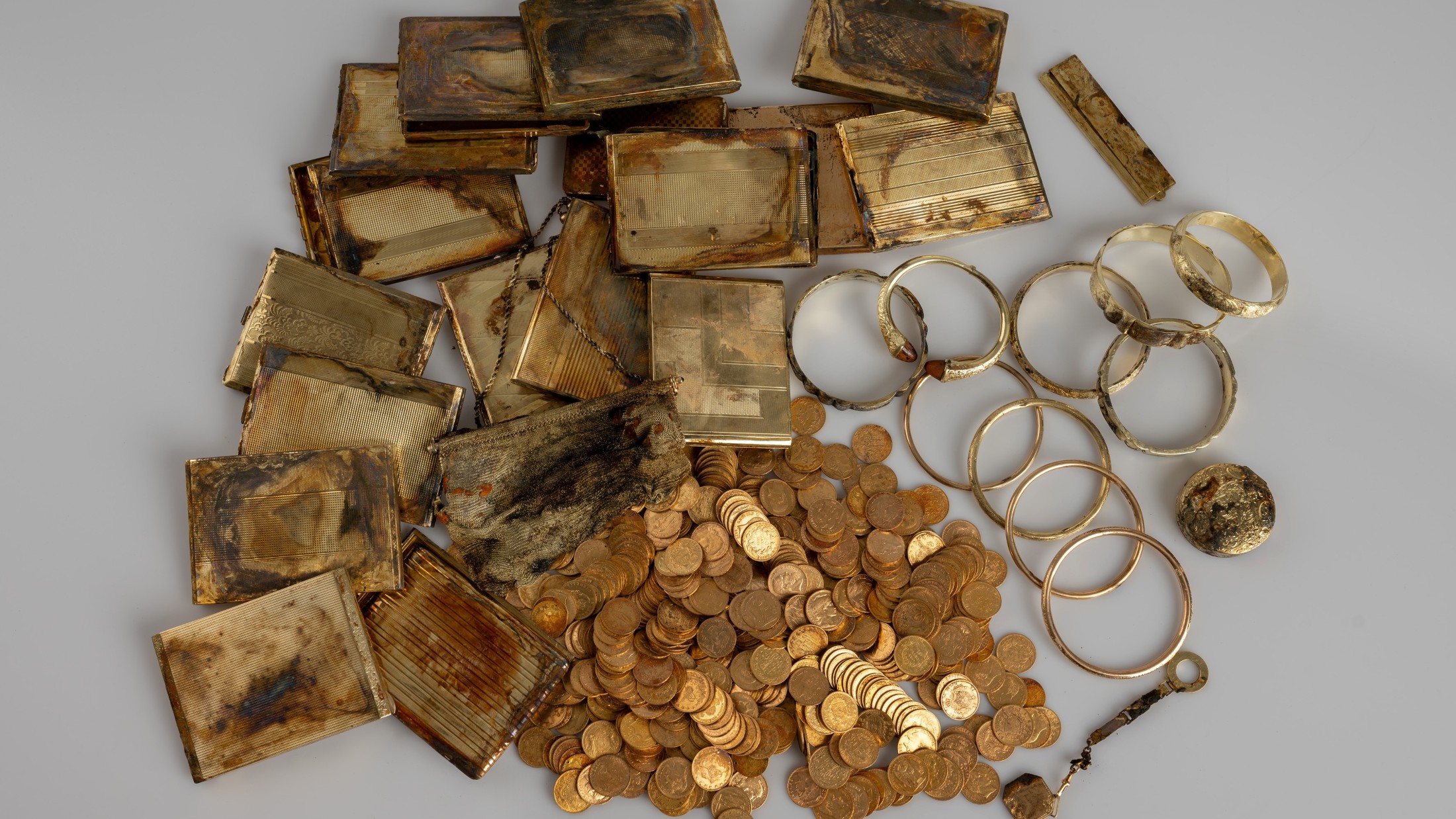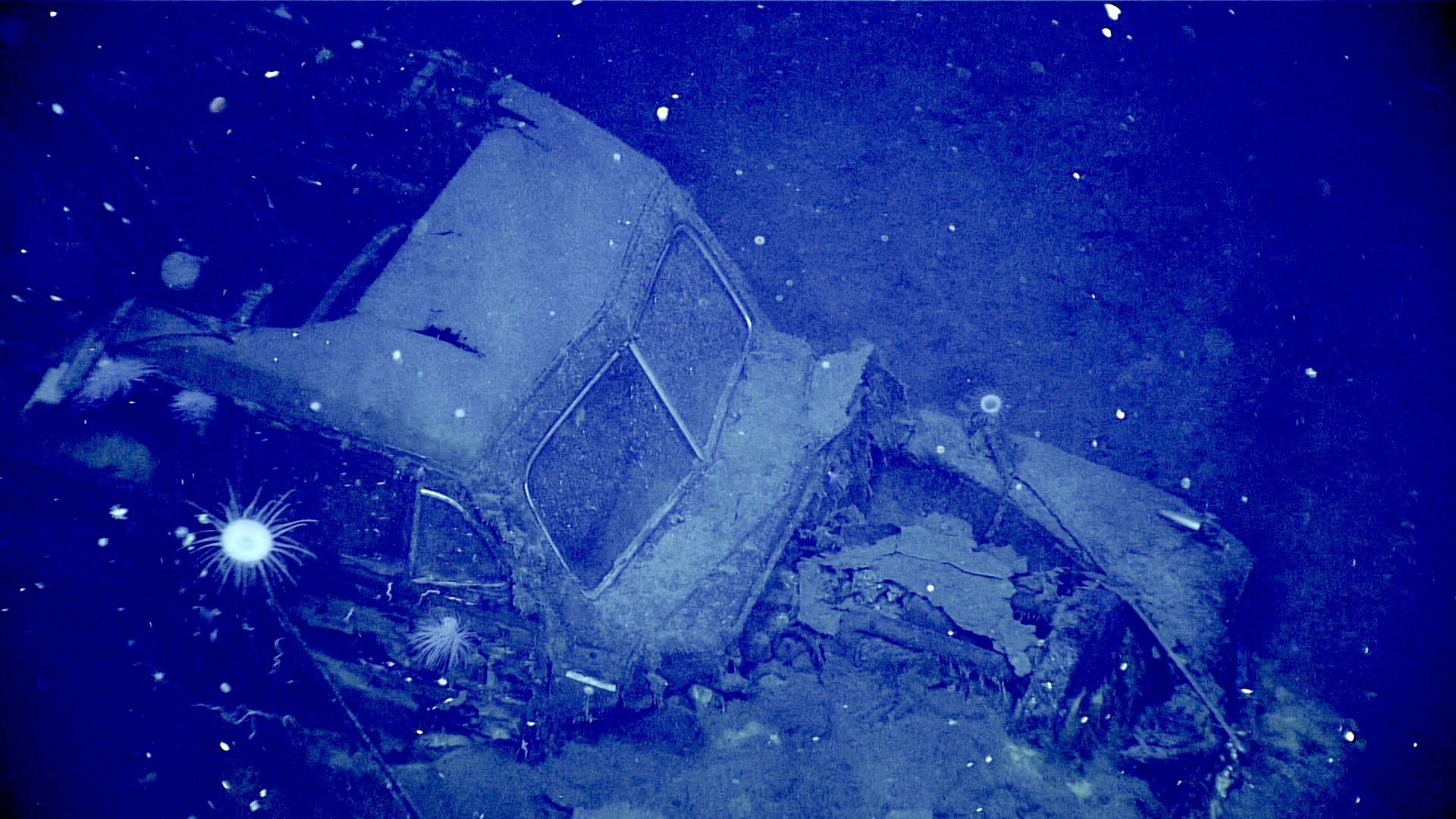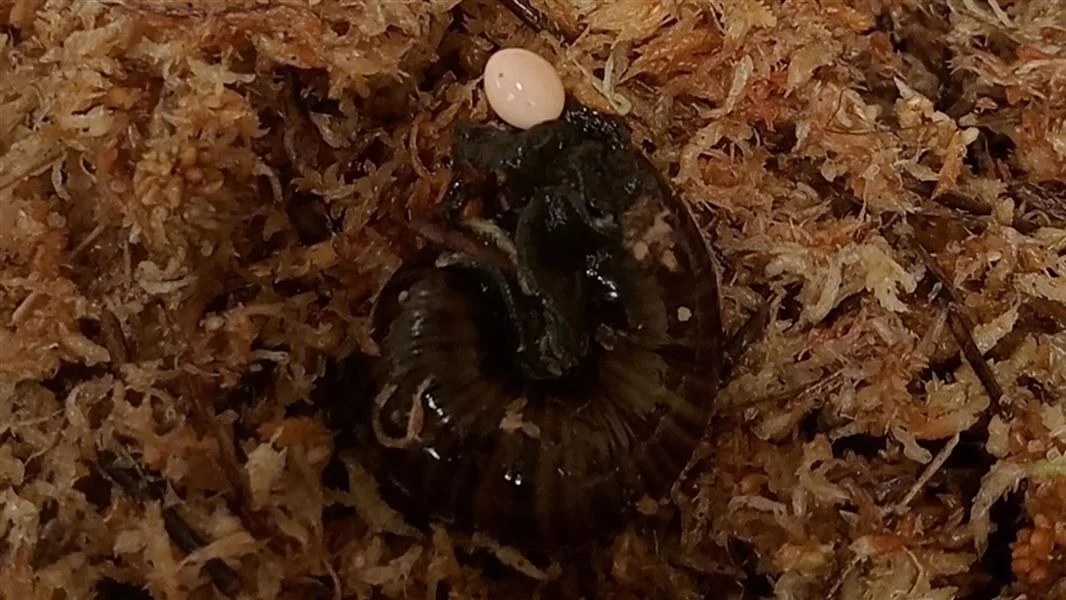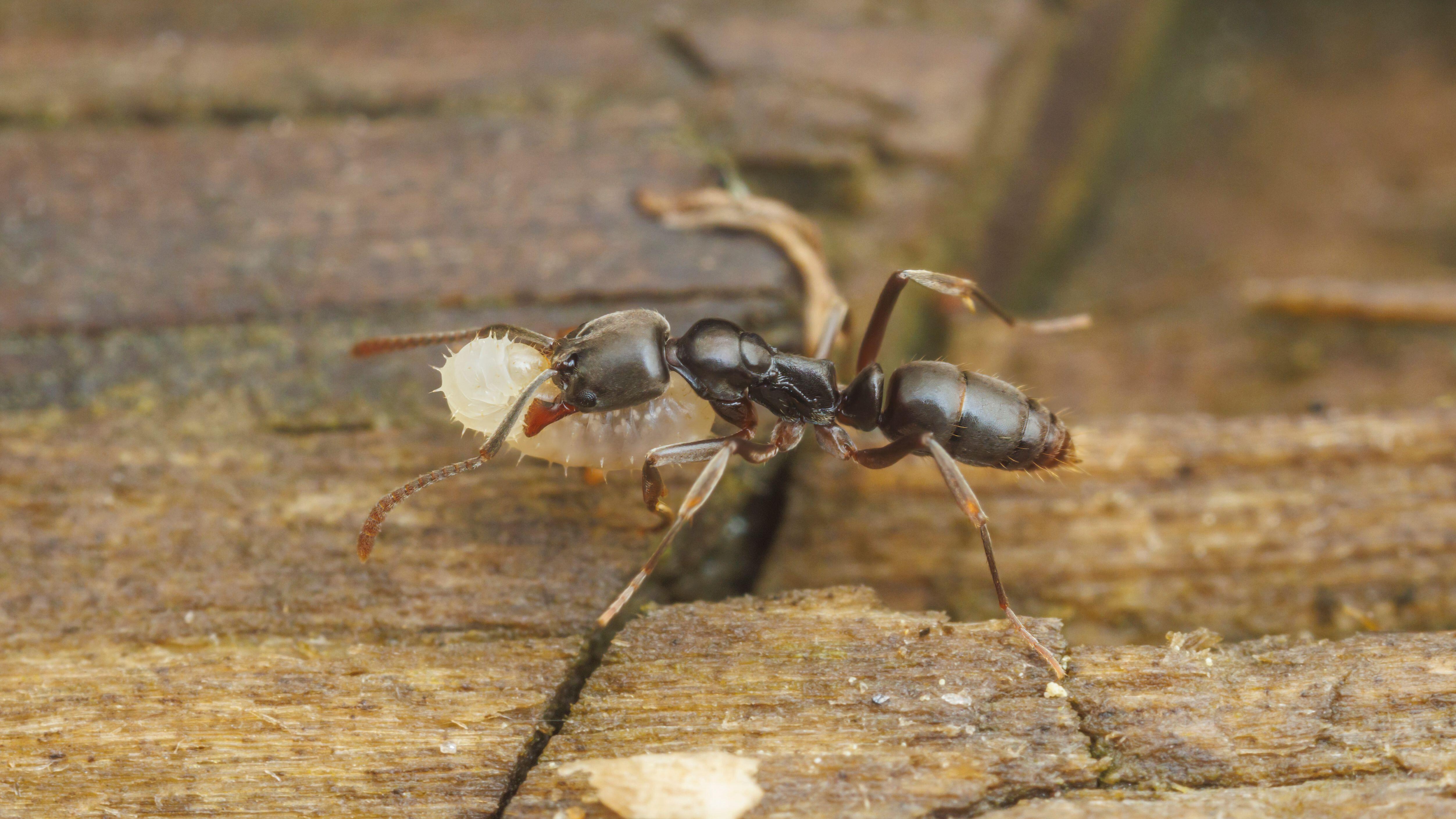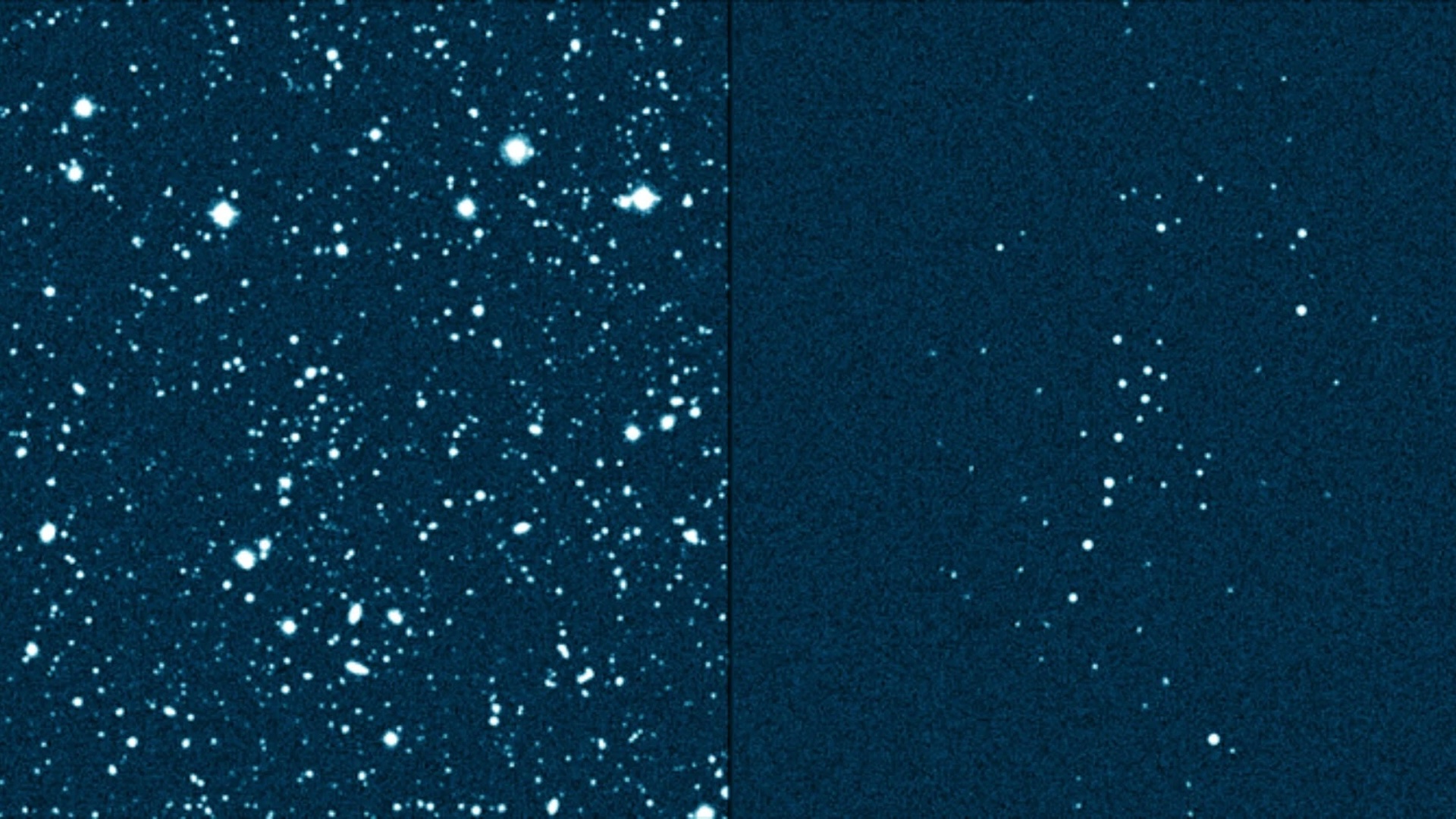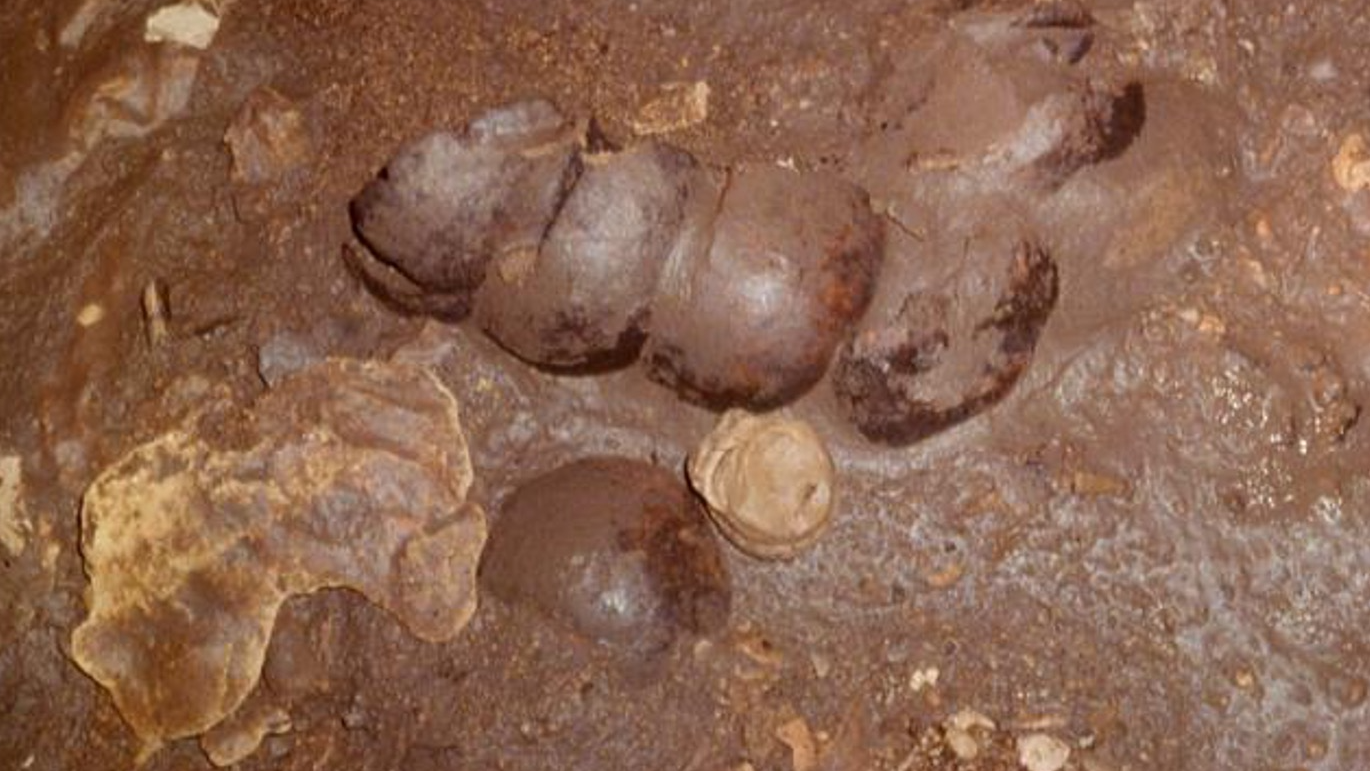Are we really all made of stars?
Carl Sagan famously proclaimed that humans are 'made of star stuff'. Here's what he meant — and why it's true.
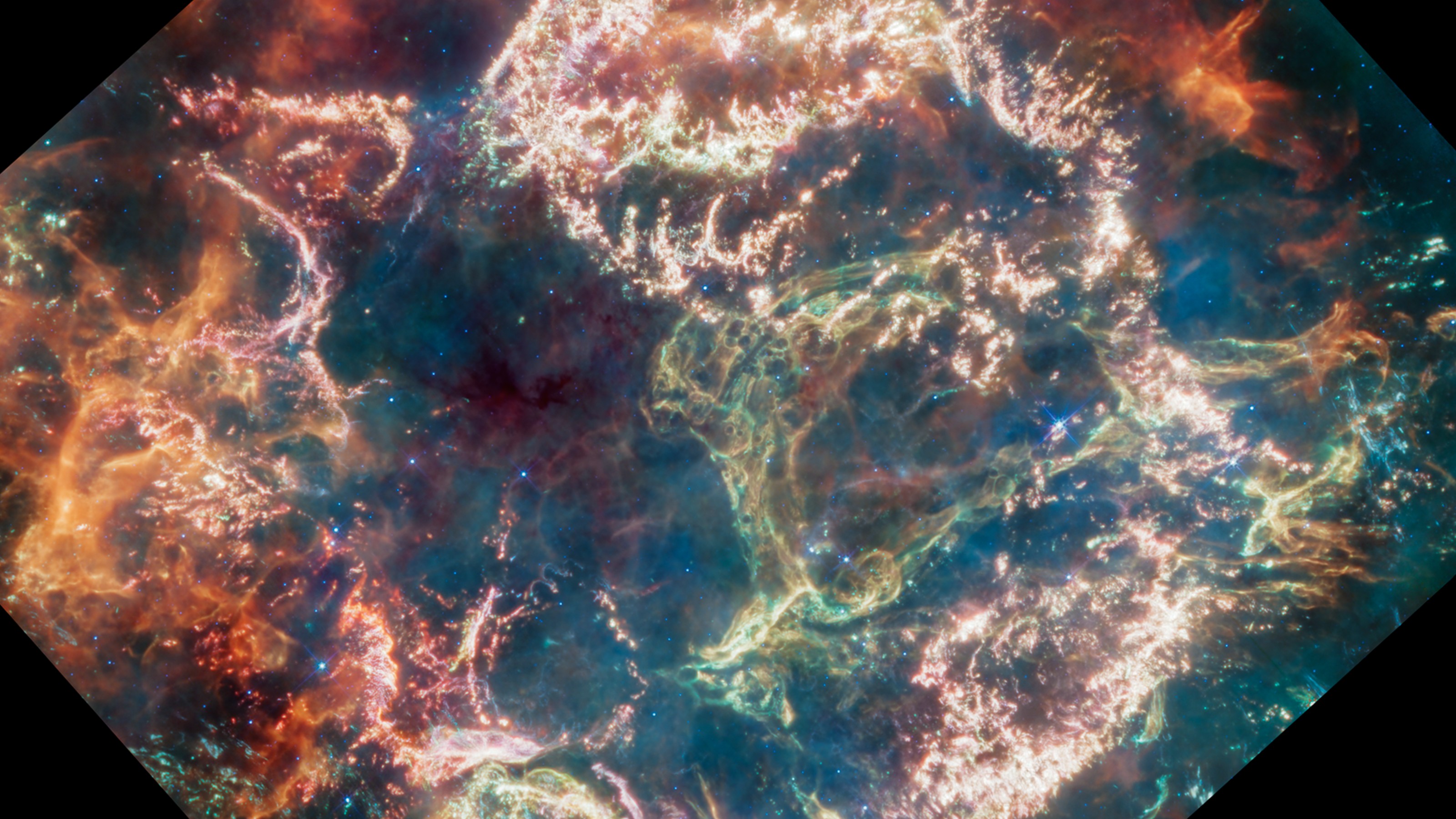
In the early 1980s, astronomer Carl Sagan hosted and narrated a 13-part television series called "Cosmos" that aired on PBS. On the show, Sagan thoroughly explained many science-related topics, including Earth's history, evolution, the origin of life and the solar system.
"We are a way for the universe to know itself. Some part of our being knows this is where we came from. We long to return. And we can, because the cosmos is also within us. We're made of star stuff," Sagan famously stated in one episode.
His statement sums up the fact that the carbon, nitrogen and oxygen atoms in our bodies, as well as atoms of all other heavy elements, were created in previous generations of stars over 4.5 billion years ago. Because humans and every other animal (as well as most of the matter on Earth) contain these elements, we are literally made of star stuff, said Chris Impey, professor of astronomy at the University of Arizona.
"All organic matter containing carbon was produced originally in stars," Impey told Live Science. "The universe was originally hydrogen and helium, the carbon was made subsequently, over billions of years."
How star stuff got to Earth
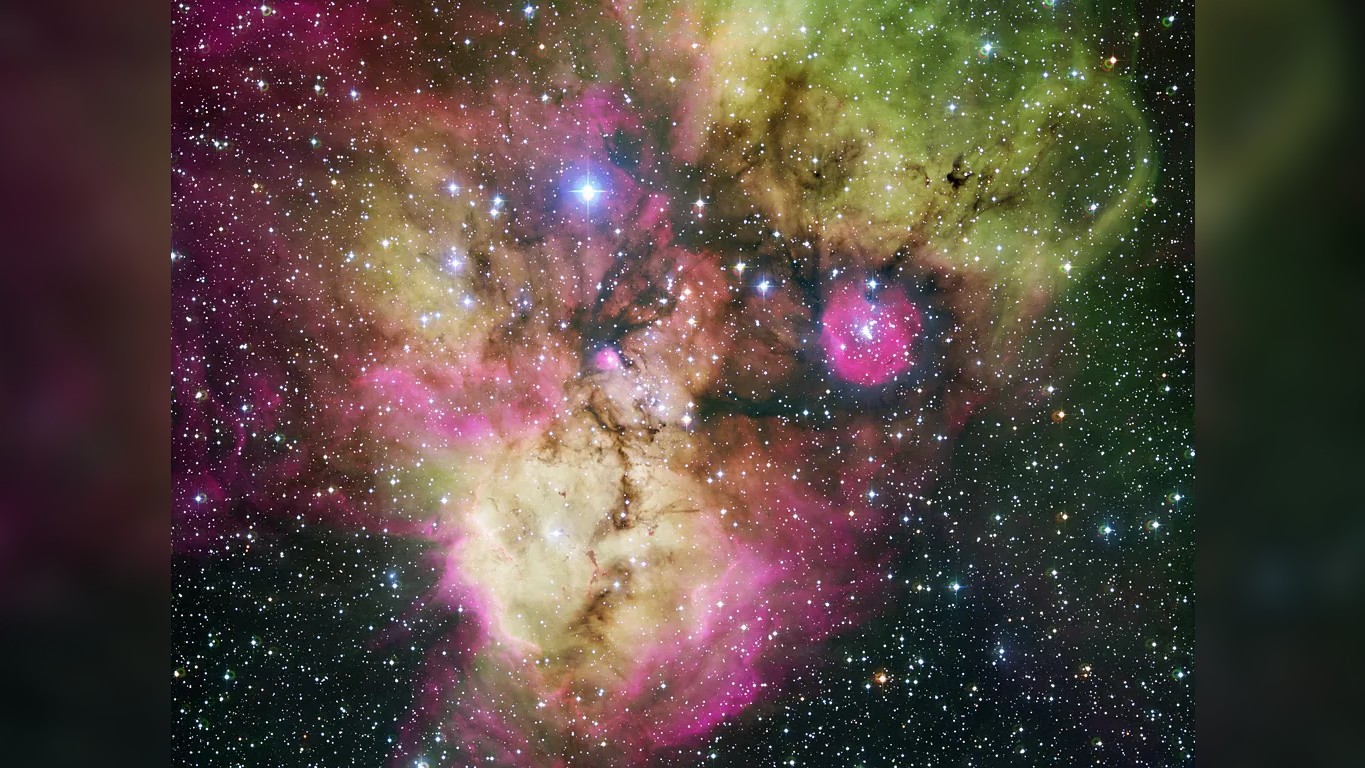
When a star has exhausted its supply of hydrogen, it can die in a violent explostion, called a nova. The explosion of a massive star, called a supernova, can be billions of times as bright as the sun, according to "Supernova," (World Book, Inc., 2005). Such a stellar explosion throws a large cloud of dust and gas into space, with the amount and composition of the material expelled varying depending on the type of supernova.
A supernova reaches its peak brightness a few days after it first occurred, during which time it may outshine an entire galaxy of stars. The dead star then continues to shine intensely for several weeks before gradually fading from view, according to "Supernova."
The material from a supernova eventually disperses throughout interstellar space. The oldest stars almost exclusively consisted of hydrogen and helium, with oxygen and the rest of the heavy elements in the universe later coming from supernova explosions, according to "Cosmic Collisions: The Hubble Atlas of Merging Galaxies," (Springer, 2009). Indeed, astronomers have discovered supernova remnants containing traces of heavy elements like gold, silver and platinum throughout the nearby universe, as well as ancient galaxies from the dawn of time that contain nothing but the lightest elements.
Sign up for the Live Science daily newsletter now
Get the world’s most fascinating discoveries delivered straight to your inbox.
"It's a well-tested theory," Impey said. "We know that stars make heavy elements, and late in their lives, they eject gas into the medium between stars so it can be part of subsequent stars and planets (and people)."
So, all life on Earth and the atoms in our bodies were created in the furnace of now-long-dead stars, he said. Looks like Carl was right after all.


